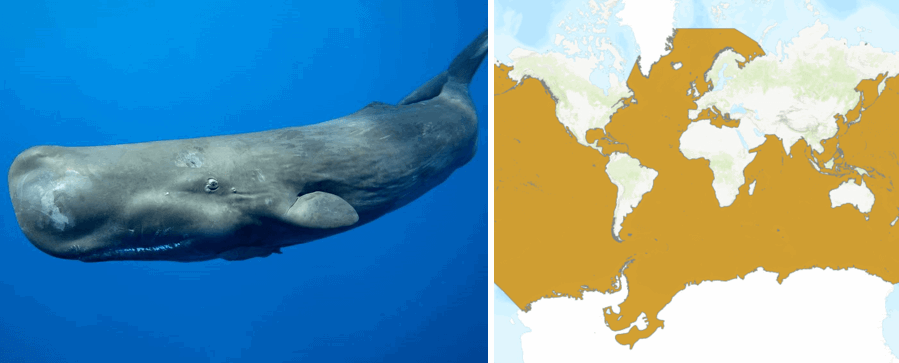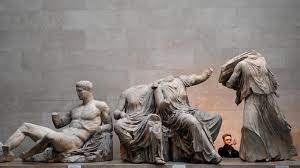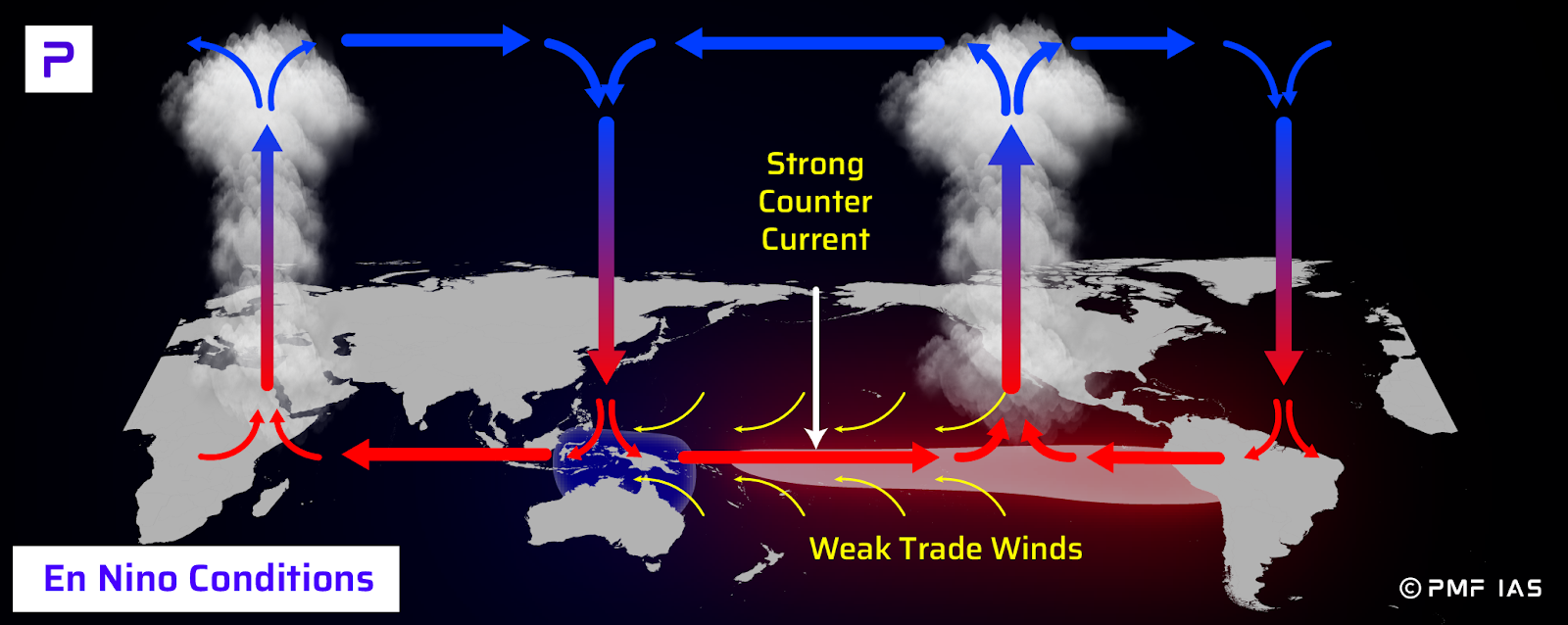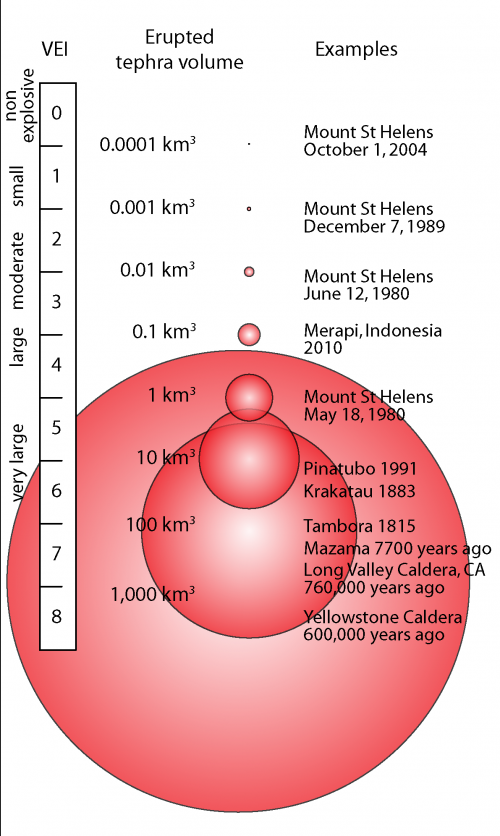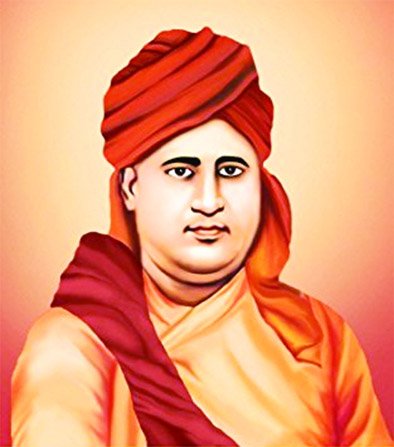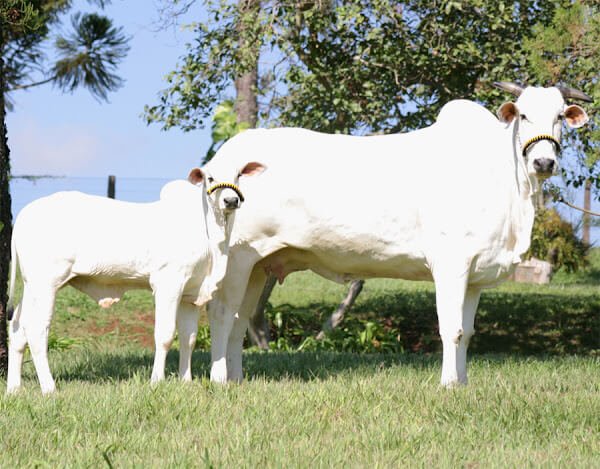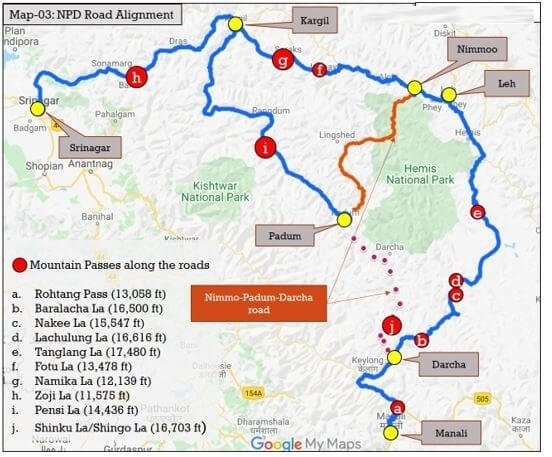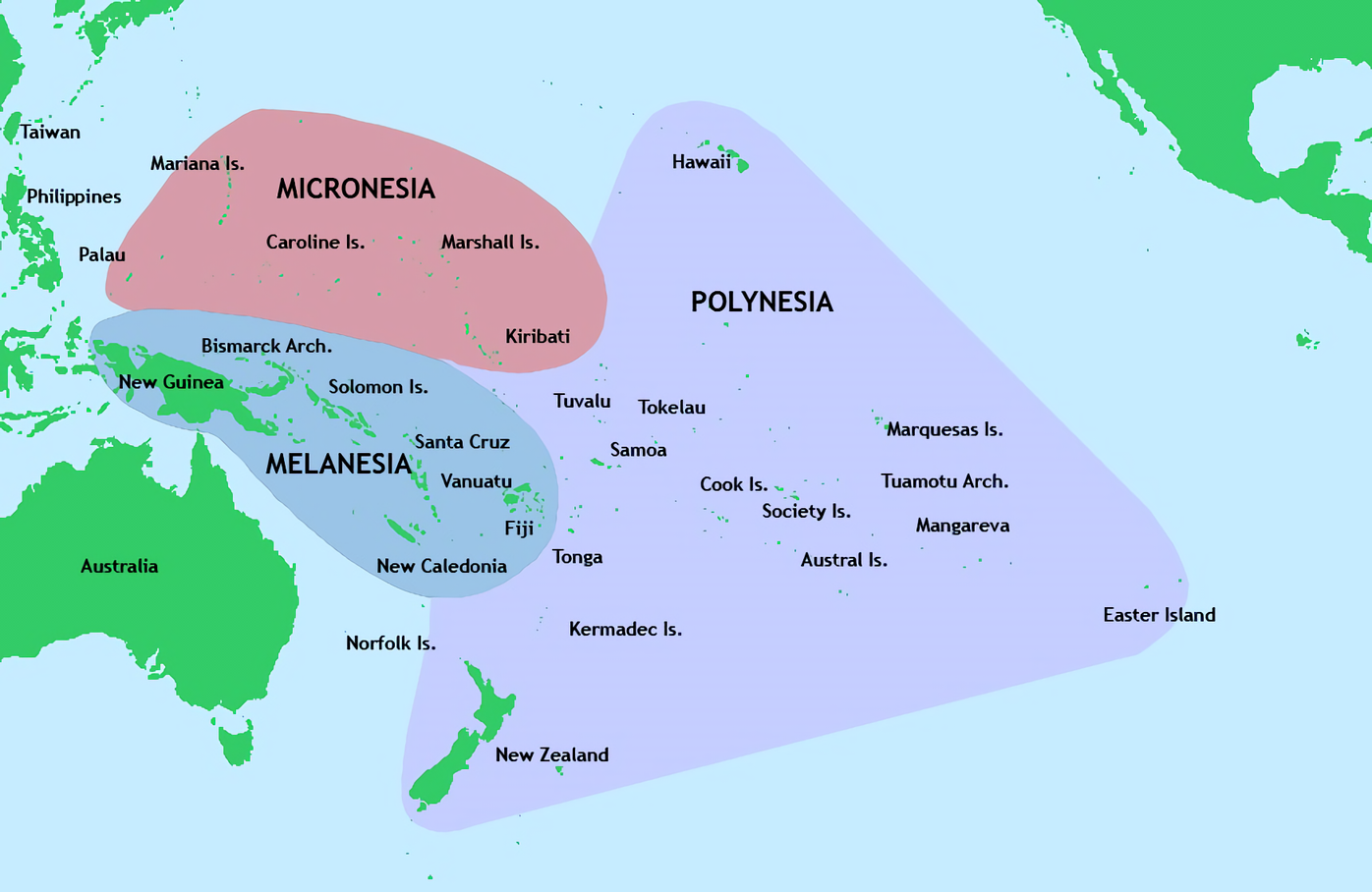
Current Affairs for UPSC Civil Services Exam – March 21, 2024
Subscribers of "Current Affairs" course can Download Daily Current Affairs in PDF/DOC
Subscribe to Never Miss an Important Update! Assured Discounts on New Products!
Must Join PMF IAS Telegram Channel & PMF IAS History Telegram Channel
{GS1 – A&C – Architecture} Six Sites from MP in UNESCO’s Tentative List
- Sites included:
Details about Sites
Gwalior Fort
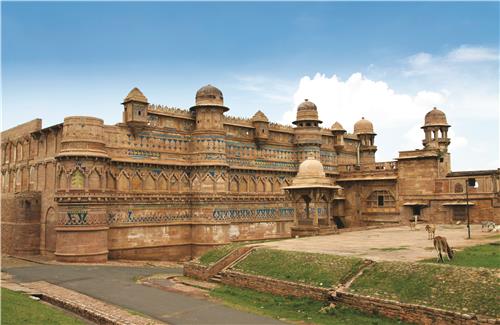
- Gwalior Fort was built in the 8th century, and its origins can be traced back to the Tomar dynasty.
- It is strategically located on a steep sandstone hill, which provides a natural defense advantage.
- It is built on an outcrop of Vindhyan sandstone on a rocky, solitary, thin and long steep hill called Gopachal.
- The earliest record of the fort is mentioned in an inscription in the temple of the Hun Emperor, Mihirakula.
- Monuments inside the Fort: Man Mandir, Gajari Mahal, Jahangir Mahal, Teli ka Mandir, Saas Bahu Temple, etc.
Khooni Bhandara, Burhanpur
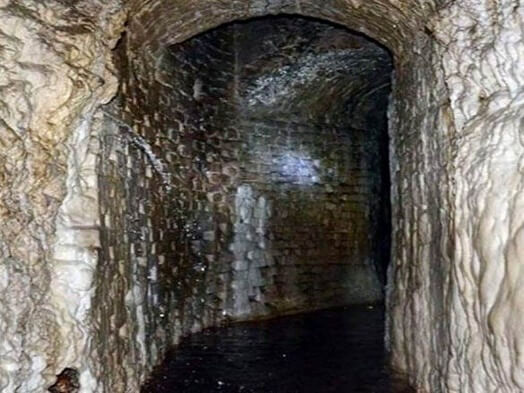
- Khooni Bhandara is an underground water management system comprising of eight waterworks built in the historical city of Burhanpur in MP.
- Built on similar Persian qanat approach, these water systems were constructed in 1615 CE during the governorship of Abdur Rahim khan- Khanan during Mughal Emperor Jahangir’s reign.
- The Khooni Bhandara Qanat system exhibits the intercultural exchange of Persian and Water Management Systems with local and regional adaptations in Central India by the Mughal rulers.
Qanat System
|
Rock Art in the Chambal Basin
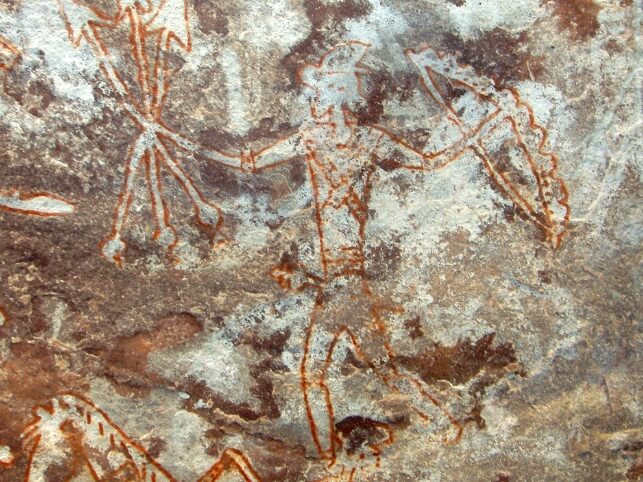
- The Chambal Basin and Central India region contain the world’s largest known rock art sites.
- The Chambal Basin covers parts of MP, Rajasthan, and UP.
- Rock art in the Chambal Basin dates back to the Early Holocene and has been crafted by various civilizations over different historical periods.
- It bears an exceptional testimony to the civilization of Acheulian, Lower, Middle and Upper Palaeolithic, Mesolithic, Chalcolithic and Early Historical periods.
- It contains depictions which are related to a particular way of life of the people of that period.
- During the Mesolithic period the theme of the paintings is related to hunting, gathering, collecting and fishing.
- Chalcolithic period focuses on the cattle theme. During the Historical and Mediaeval periods, there was a shift, in which the theme becomes religion centric.
Bhojeshwar Mahadev Temple, Bhojpur
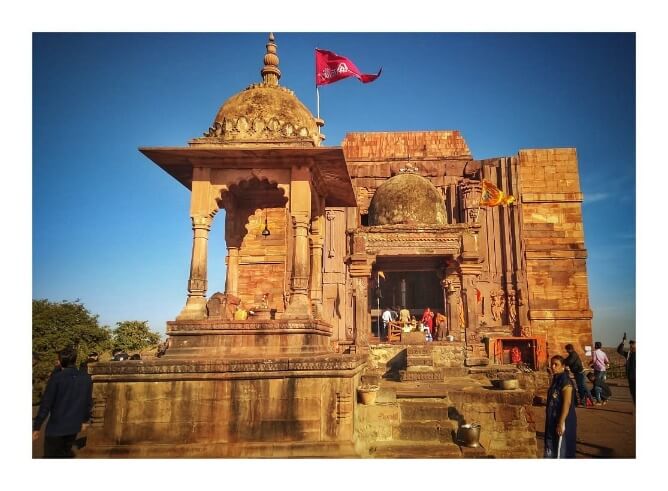
- Bhojpur temple and its Shivalinga were established by the famous Parmar king Bhoj of Dhar.
- Built on the banks of Betwa river, this example of high quality architecture was prepared with the cooperation of the chief architect of Raja Bhoj and other learned architects.
- The Shivalinga present in this temple is considered to be the largest Shivalinga in the world.
Gond monuments of Ramnagar, Mandla
- The monuments of Ramnagar represent the seat of power of the Garha-Mandla kingdom built by the King Hirde Shah in the late 17th century.
- The cluster of monuments include: Moti Mahal, Raibhagat ki Kothi, Vishnu Mandir, Begum Mahal, Dalbadal Mahal, Chaugan Ryotwari.
- The monuments are a manifestation of the unique amalgamation of the cultures of their adversaries – Rajputs and Mughals, achieved by the originally forest-dwelling Gond community.
|
Historic ensemble of Dhamnar
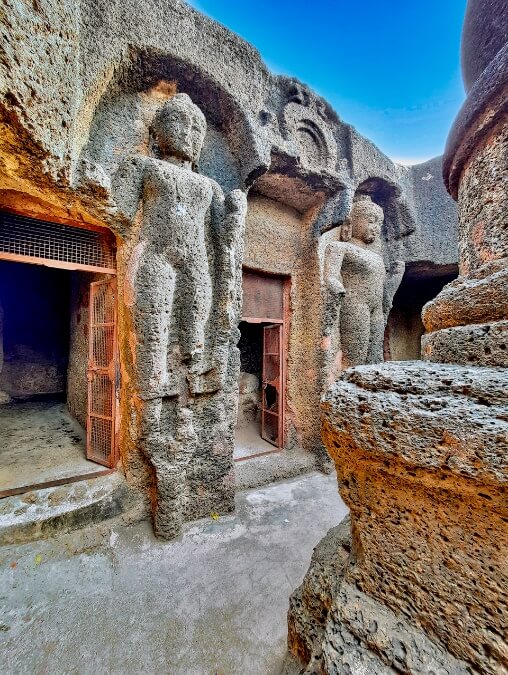
- This rock-cut site consists of a total of 51 caves of varying sizes carved into the laterite hill.
- The hill consists of two groups of structures, the series of Buddhist caves and the hindu temple complex known as the Dharmarajeshwara temple, also called Dharmanath temple.
- The caves consist of dwellings, halls of various sizes, stupas, statues of Buddha in rare postures and displays of craftsmanship in the works with the stone imitating the details of wooden elements and decorative designs.
{GS2 – Governance – Laws} National Data Governance Framework Policy
- Context (TH): Ministry of Electronics and Information Technology (MeiTY) released the National Data Governance Framework Policy (NPD Framework).
- As per a NASSCOM report, data and artificial intelligence (AI) can add approximately $450-500 billion to India’s GDP by 2025.
NPD Framework
- Kris Gopalakrishnan committee: The committee discussed the risks of de-anonymising NPD, the institutionalisation of a central authority for NPD, and ownership and data sharing mechanisms.
- The Ministry of Electronics and Information Technology (MeiTY) released the National Data Governance Framework Policy (NPD Framework) based on this.
- Data businesses: This is a new category of business in the country. Entities (including government agencies) that collect, process, or store data beyond a threshold will be classified as data businesses.
- Sharing of non-personal data: Data-sharing requests for sovereign, public interest, or economic purposes may be made with or without remuneration, depending on processing cost.
- Open metadata: Sharing metadata, including government metadata, to encourage innovation.
Analysis of the NPD Framework
- Abstract high-level principles and objectives: Lacks tangible, actionable guidance to achieve.
- Rights and obligations: Silent on stakeholder rights and obligations across sectors.
- Pricing and legal mechanisms: Such structures and solutions for data exchange are not addressed.
- Absence of standardised governance tools aggravates challenges.
Need for NPD Regulation Revamp
- Unprotected inter-flow of NPD across various stakeholders makes it vulnerable to privacy breaches.
- The imperfect analysis of crucial public trends can result in faulty decision-making.
- Inefficient data fails to unlock the power of interdisciplinary legislative and policy-making.
- By creating a regulatory design for data exchanges in India, public welfare functions can be digitised and automated to a large extent.
- This will reduce administrative burden and facilitate inter-sectoral integration, making the digitisation of civic functions more participatory.
- Still, no policy provides for an enforceable regime for NPD in India.
Examples of Data Utilisation for Governance
|
Types of data
- Personal Data: Contains identifiers through which an individual can be mapped.
- Non-Personal Data (NPD): Data which excludes personal data.
- NPD constitutes the primary kind of citizen data obtained by the government, which has the potential to serve as a ‘public good’.
Classification of Non-Personal data (NPD)
- Public NPD: Data collected or generated by the government in the course of publicly funded works. For example, anonymised data from land records or vehicle registration can be considered public non-personal data.
- Community NPD: Raw or factual data (without any processing) sourced from a community of natural persons (ex., municipal corporations or public electric utilities).
- Private NPD: Data collected or generated by private entities through privately owned processes (derived insights, algorithms, or proprietary knowledge).
Related terminologies
|
{GS2 – IR – Issues} Gaza and Haiti on the brink of famine
- Context (IE): Famine is imminent in northern Gaza and Haiti.
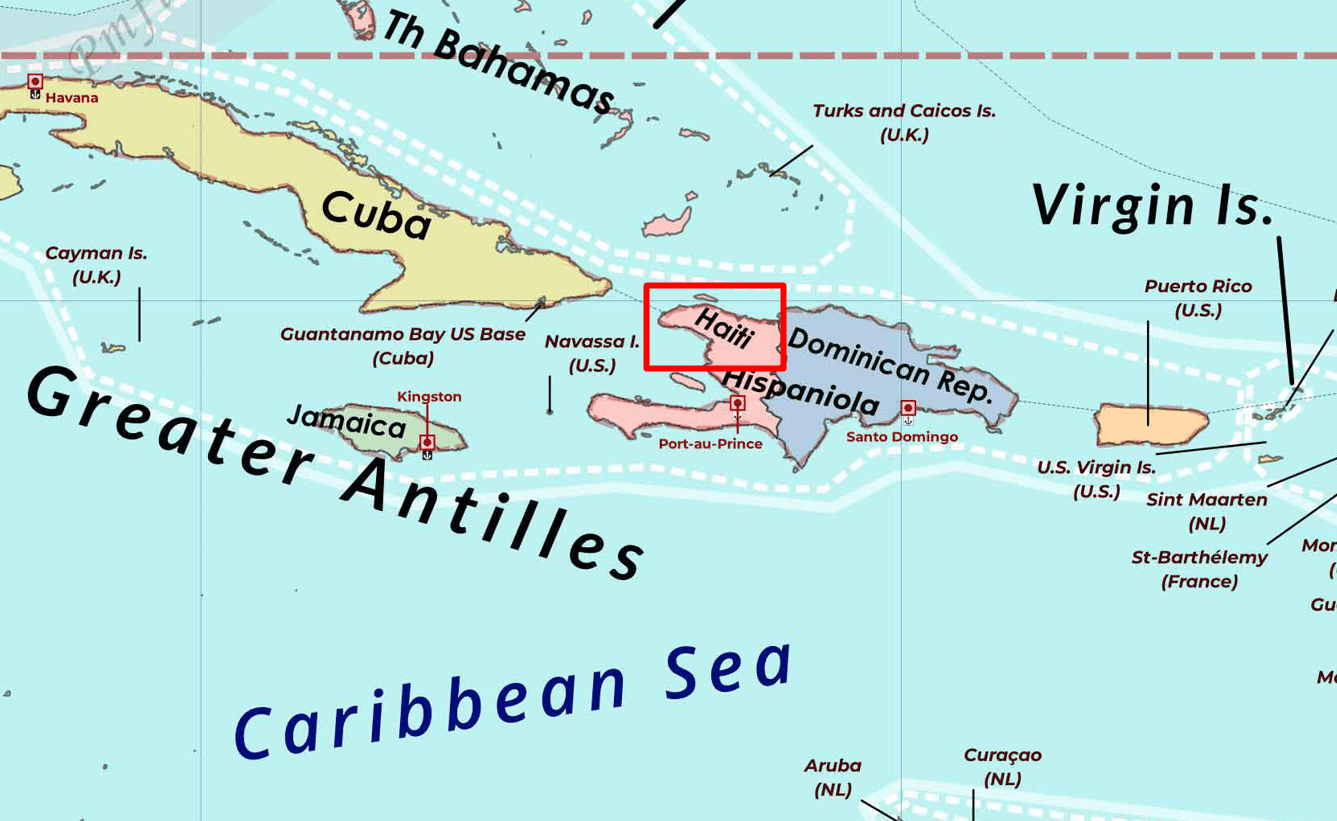
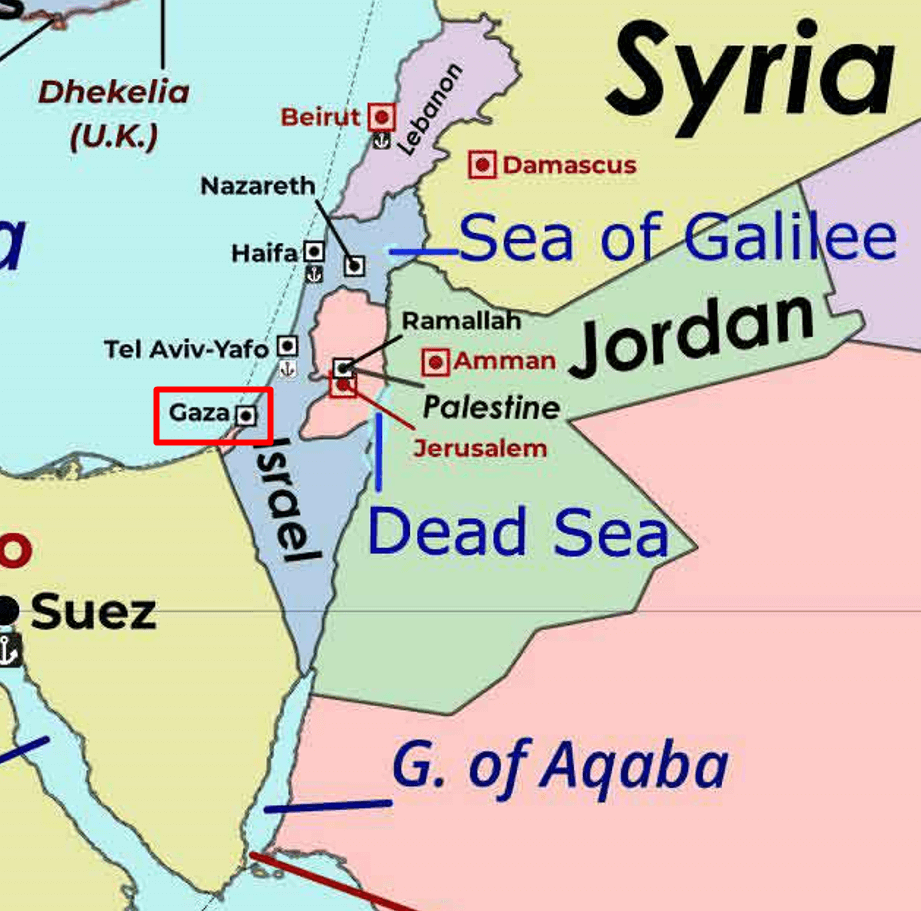
- Israel and Hamas war in Gaza and the crisis in Haiti caused by criminal gangs attacking the country’s key government institutions are posing the challenge of famine.
- Even before the war, 80% of Gazans relied on humanitarian aid, and nearly half of all households didn’t have enough food.
- In Haiti, millions were already coping with emergency levels of hunger and crisis levels of food need.
IPC Classification of Famine
- The Integrated Food Security Phase Classification (IPC), developed in 2004 during the famine in Somalia, is a collaboration of 15 global organisations and charities.
- The group uses a five-tier scale to monitor access to food and levels of hunger.
- Famine is the top tier, Phase 5, “the absolute inaccessibility of food to an entire population or sub-group of a population, potentially causing death in the short term.”
- It occurs when 20% of households have an extreme lack of food, 30% of children suffer from acute malnutrition, and at least two adults or four children per every 10,000 people die daily because of outright starvation or the interaction of malnutrition and disease.
- That top level follows the Phase 3 “crisis” and Phase 4 “emergency” levels of food need.
Declaration of famine
- It would be made by top United officials based on the IPC criteria. Such a declaration would not bind UN members or states but serve to focus global attention on the problem.
Hunger, Malnutrition, and Starvation
- Hunger: People can’t afford or physically obtain sufficient nutrition for an extended period.
- Malnutrition: A medical condition that occurs when people don’t get the right calories to grow and function properly, leading to health problems.
- Starvation: Not a technical term, but it describes extreme suffering or death caused by lack of food.
- Without food, the body uses carbohydrates and fats first, then turns to breaking down protein, including muscle and vital organs.
- Without treatment, organs stop functioning, and the body’s defences can’t fight infection.
{GS3 – Agri – Crops} Indian Basmati Rice in Pakistan
- Context (IE): Indian Agricultural Research Institute (IARI) have red-flagged the “illegal” cultivation of its blockbuster varieties in Pakistan.
- Indian Basmatis are being grown & marketed in Pakistan as “1121 Kainat” and “Kissan Basmati“.
Protection Available
- All the varieties we have bred are notified under the Seeds Act, 1966, for cultivation in the officially demarcated Geographical Indication area of basmati rice within India, covering 7 northern states.
- The Protection of Plant Varieties and Farmers’ Rights Act, 2001, allows only Indian farmers to sow, save, re-sow, exchange, or share the seeds of any protected/registered varieties.
- Protected Geographical Indication (PGI): To counter this, India has applied for the exclusive use of the term “Basmati” in the EU.
Pakistan’s growing Indian Basmati
- As with just about 5kg seeds, one acre of Pusa Basmati can be grown, Pakistani firms need to procure just a few kg of these, either from wholesale mandis or fields across the border.
- Within two years of release, subsequent multiplication generates sufficient seeds for Pakistani firms.
India and Pakistan’s position in Basmati export
- India shipped out 45.61 lakh tonnes (lt) of basmati rice worth $4.79 billion in 2022-23. Pakistan’s basmati exports are way lower at 5.95 lt ($650.42 million) in 2022-23 (July-June).
- The Pakistani rupee’s depreciation has enabled the country to export its Super Kernel basmati brown rice to the European Union and the United Kingdom at cheaper rates.
- India dominates in Iran, Saudi Arabia & West Asian countries due to demand for parboiled rice.
|
For more details, visit > Basmati rice.
{GS3 – Envi – Air Pollution} World Air Quality Report
- Context (HT): India was the 3rd most polluted country in 2023 according to the World Air Quality Report.
- Released by: IQAir, a Swiss air quality technology company that collects air-sensor data around the world.
- The report is based on data from over 30,000 air quality monitoring stations across 7,812 locations in 134 countries, territories, and regions.
Key Findings
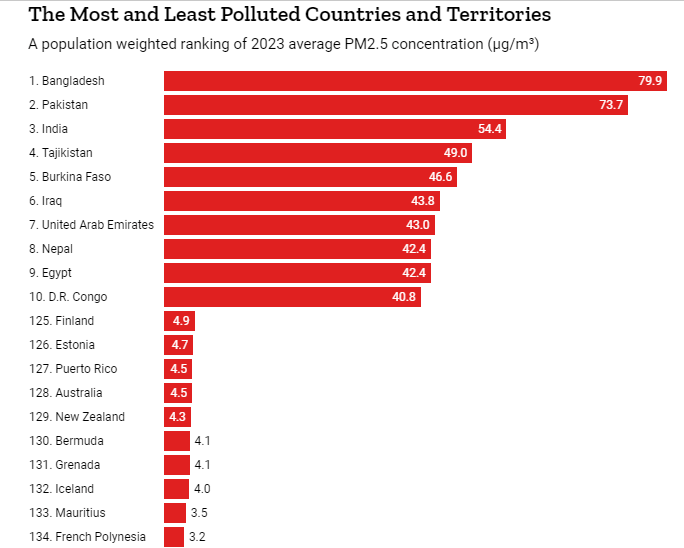
- Only 10 countries or territories last year had air quality that met the World Health Organization’s standard for clean air.
- French Polynesia, Mauritius, and Iceland had the least air pollution.
- All but one of the 100 cities with the most polluted air in the world are located in Asia. Each of these cities had PM2.5 levels that exceeded the WHO’s standard by 10 times or more.
- India was the third most polluted country in 2023 after Pakistan and Bangladesh.
- IQAir cited several reasons for Asia’s air pollution problem:
- Large amount of greenhouse gas emissions from coal-fired power plants and peatbog burning;
- El Niño weather phenomenon’s delay of the onset of the rainy season, etc.
- Europe is the most improved region. Of the 43 nations monitored in Europe, the annual average PM2.5 levels fell in 36 of them.
- 42 of the world’s most polluted 50 cities are in India. New Delhi was the most polluted capital city globally.
To learn more on Air Quality Monitoring, visit >Air Quality Report, NAAQS.
{GS3 – Envi – Hazardous Waste} Solar Waste
- Context (IE): A new study found that India produced about 100 kilotonnes (kt) of solar waste in FY 2022-2023.
- The analysis was conducted by the Ministry of New and Renewable Energy (MNRE) and researchers from the Council on Energy, Environment and Water (CEEW).
- India’s current solar capacity is 66.7 GW as of March 2023, and it is projected to reach 292 GW by 2030.
- Proper management of solar waste is essential for environmental, economic, and social reasons.
What is Solar Waste?
- Solar waste includes waste from manufacturing solar modules and waste generated during the lifetime of solar projects.
- Manufacturing waste includes scrap and waste from defective PV modules.
- Waste from the field includes waste from transportation and handling, damage during the module’s lifetime, and end-of-life disposal.
- The study specifically examined waste from the field category and did not consider manufacturing waste.
Findings of the study?
- By 2030, India’s installed solar capacity will generate about 340 kt of waste, three times more than the present.
- Five states, Rajasthan, Gujarat, Karnataka, Tamil Nadu, and Andhra Pradesh are expected to produce around 67% of this waste.
- The cumulative waste from existing and new capacity deployed between FY24 and FY30 will reach about 600 kt by 2030.
- It will increase to about 19,000 kt by 2050, with 77% of it generated from new capacities.
- Discarded solar modules contain critical minerals such as silicon, copper, tellurium, and cadmium. These minerals are classified as critical for India’s economic development and national security.
- The 340 kt of waste expected by 2030 will include 10 kt of silicon, 12-18 tonnes of silver, and 16 tonnes of cadmium and tellurium.
How to treat Solar Waste?
- Policymakers need to maintain a comprehensive database of installed solar capacity to estimate future solar waste.
- Need to incentivise recyclers and encourage stakeholders to manage solar waste effectively.
- Need to create a market for solar recycling.
- Recycling solar panels:
- Conventional recycling involves mechanical processes like crushing and shearing, which mainly recovers materials like glass, aluminium, and copper.
- High-value recycling uses mechanical, chemical, and thermal processes to recover valuable materials like silver and silicon in addition to conventional recyclables.
{GS3 – Infra – Energy} GAIL’s first Small-scale LNG Unit
- Context (IE): GAIL (India) Ltd has commissioned the country’s first small-scale LNG unit at Vijaipur complex in Madhya Pradesh.
- GAIL has also planned to invest Rs 650 crore to develop LNG dispensing stations along the Golden Quadrilateral and other major highways to provide LNG as an automotive fuel.
- The Vijaipur SSLNG facility cost Rs 150 crore and has a capacity of 36 tonnes per day.
Significance of Liquefied Natural Gas
- Natural gas is cleaner and cheaper than oil and coal, motivating the transition.
- Replacing diesel with LNG could result in significant foreign exchange savings for India.
- LNG is also considered a promising fuel for heavy-duty trucks and intercity buses due to its cleanliness and cost-effectiveness compared to diesel. It has been successfully used in various countries, including China, for commercial vehicles.
- Further, India’s dependency on LNG imports is lower than its dependency on crude oil.
- The Indian government aims to increase natural gas usage to 15% (currently little over 6 per cent) of the energy mix by 2030.
Need for Small-Scale Liquefied Natural Gas (SSLNG)
- Despite many advantages, distribution challenges hinder widespread adoption, especially in areas without pipeline access.
- Other challenges in adopting LNG for long-haul vehicles in India include the limited availability of LNG-powered vehicles, the lack of a retail network, higher initial costs, and the absence of financing options.
- This affects the use of natural gas in vehicles (inter-city buses, long-haul trucks) and ships.
- To address this, small-scale LNG (SSLNG) plants are being developed.
- Companies like GAIL and Petronet are working to address these challenges by collaborating with vehicle manufacturers and establishing LNG dispensing stations.
- Petronet LNG Ltd has been supplying LNG directly to small industrial consumers from its terminals in Gujarat and Kerala.
|
About SSLNG
- SSLNG is a small-scale method of liquefying and transporting natural gas.
- Though there is no standard or specific definition of SSLNG internationally, SSLNG involves delivering liquefied natural gas (LNG) to consumers using specialised trucks and small vessels.
- I.e. It uses unconventional transportation mediums as compared to the regular large-scale liquefaction, regasification, and transportation infrastructure and processes.
- This method is used in areas without pipeline connectivity.
- Here, the LNG is supplied directly without regasification because the fuel is to be used directly in its liquid form.
- In traditional use cases (like supplying compressed natural gas (CNG) for vehicles and piped gas for households), LNG is regasified before being supplied to end users.
Mechanics of GAIL’s Vijaipur SSLNG facility
- The plant comprises treatment skids, including zeolite pretreatment skids (ZPTS), and liquefaction skids called cryo boxes, to convert natural gas into LNG.
- Natural gas undergoes initial processing in the ZPTS at approximately 15 bar pressure to remove undesirable components like nitrogen, water, sulphur, and carbon dioxide (CO2).
- The processed gas is then compressed in the cryo box using a four-stage compressor to a pressure of around 260 bar.
- The temperature of the gas is lowered using a propane-based external refrigeration system to approximately -60 to -70 degrees Celsius.
- The gas undergoes expansion, dropping the temperature to below minus 140 degrees Celsius, allowing it to liquefy.
- The small-scale LNG unit is controlled by an automated web-based supervisory control and data acquisition (SCADA) system.
- The produced LNG is transported via cryogenic LNG tankers to nearby areas, where it is used as CNG and piped gas in city gas distribution (CGD) networks.
- It will also be supplied to proposed LNG filling stations for fuelling medium and heavy-duty vehicles.
{GS3 – S&T – Tech} Mixed-reality
- Context (TH): Apple has released a $3,500 mixed-reality headset (Vision Pro) with advanced hand and eye-tracking features.
- The headset offers immersive apps and videos designed for three-dimensional viewing.
- The Vision Pro introduces a unique operating system called visionOS, which uses the user’s gaze as input.
- Developers are encouraged to refer to the device as a spatial computer, reflecting its diverse capabilities.
- Spatial computing encompasses AR, MR, VR, and other immersive experiences, according to mixed reality researcher Louis Rosenberg.
What is mixed reality?
- Mixed reality (MR) is a technology that blends virtual reality and augmented reality. Physical and digital objects interact in real time.
- Virtual reality (VR) means experiencing things through our computers that don’t really exist.
- In virtual reality, you wear a headset and are completely immersed in a computer-generated environment that feels real but isn’t.
- For example, flight simulators are used to train pilots.
-
Augmented reality It is a technology that overlays digital information, such as images, videos, sounds, or 3D models, onto the real-world environment, thus augmenting our perception of reality.
- Unlike virtual reality, which immerses users in entirely simulated environments, AR enhances the real world with digital elements. For example, Google Glass.
- Mixed reality takes this a step further by blending virtual objects with the real world, allowing users to interact with both simultaneously.
- For example, one could see a virtual character sitting on his real couch or place digital objects on your real desk.
- Examples of mixed reality are Instagram or Snapchat filters, virtual makeup applications, and virtual furniture fitting.
{Prelims – Envi – Species} Lianas
- Context (DTE): A study led by the University of the Sunshine Coast, Australia, reveals that lianas, woody vining plants, are posing a threat to forests.
- Lianas are also known as vines, climbing plants or climbers. They are a group of woody climbers.
- They are rooted in the soil at ground level and use other trees to ascend to the canopy in the forests.
- Lianas are characteristic of tropical moist broadleaf forests (especially seasonal forests) but may be found in temperate rainforests and temperate deciduous forests.
- Their diversity and abundance increase with decreasing latitude, and they appear to flourish better in warm, lowland tropical forests.
- Lianas thrive in disturbed forest areas and harm trees by competing for sunlight in the canopy.
- They suppress trees and have lower carbon sequestering capacity compared to trees, worsening the threat to carbon storage.
- This could exacerbate global warming by reducing forests’ effectiveness as carbon sinks and altering carbon cycles.
{Prelims – Envi – Species} New species of deep-sea isopod discovered
- Context (TH): Researchers have identified a new species of deep-sea isopod, Brucethoa isro off the Kollam coast.
|
- This tiny crustacean, belonging to the genus Brucethoa, was found at the base of the gill cavity of the Spinyjaw greeneye, a marine fish found at depths of 250-450 meters off the Kerala coast.
- It is named in tribute to the Indian Space Research Organisation (ISRO), acknowledging its achievements in space exploration.
- The dedication honours explicitly ISRO’s successful space missions, including the recent Chandrayaan-3 lunar mission.
- The same researcher’s team had previously described Brucethoa as a new genus from India in 2020.
- The species’ females (19 mm in length and 6 mm in width) are larger than its males (half the size of females).
{Prelims – Envi – Species} Vechur Cow
- Context (TH): Dr. Sosamma Iype, along with her students, played a key role in saving the Vechur breed from extinction through conservation efforts.
- Dr. Sosamma Iype won the Padma Shri in 2022 for saving and resurrecting the indigenous Vechur cow breed.
- Vechur Cow, named after Vechoor village in Kerala, is a rare breed of Bos indicus cattle.
- It holds the Guinness World Record for being the smallest cattle breed.
- Size and Weight: Averages about 90 cm in height and weight around 130 kg.
- It is known for its high milk production relative to its lower food intake and maintenance compared to hybrid varieties.
- It yields up to 3 litres of milk a day, which is lower compared to hybrid varieties.
- Recent studies suggest that Vechur cow’s milk contains more of the beta-casein variety A2.
- The lactoferrin protein in Vechur cow’s milk has been found to have enhanced antimicrobial, antiviral, antitumor, immunodeficiency, and anti-inflammatory properties compared to other mammals.
- It thrives in local conditions, making it well-suited for traditional farming practices.
- Unlike many other breeds, the Vechur cow has maintained its genetic purity over centuries.
- It has not undergone extensive crossbreeding with larger commercial cattle.
- The popularity of Vechur cows declined after the 1960s due to crossbreeding with exotic varieties.
{Prelims – Festivals} Navroz
- Context (TH): Navruz, also known as the Iranian or Persian New Year, is celebrated by various ethnic groups worldwide.
- It marks the beginning of the Zoroastrian calendar, coinciding with the spring equinox and symbolizing the renewal of nature.
- Celebrated for over 3,000 years, Nowruz is observed across Western Asia, Central Asia, the Caucasus, the Black Sea Basin, the Balkans, and South Asia.
- Navroz in India is mainly celebrated by the Parsi community and was inscribed in India’s list of intangible cultural heritage in 2016.
- Navroz symbolizes the beginning of spring in the Northern Hemisphere, signifying the moment when the Sun crosses the celestial equator and equalizes night and day.
- Traditional customs include fire and water rituals, ritual dances, gift exchanges, poetry recitation, and symbolic objects, which vary among the diverse peoples and countries that celebrate the festival.
- Navroz was recognized as an Intangible Cultural Heritage by UNESCO in 2009.
|
Intangible Cultural Heritage
|
{Prelims – In News} GRID-INDIA
- Context (PIB): GRID-INDIA has been recognised as a Miniratna Category-I Central Public Sector Enterprise (CPSE).
- GRID India was established in 2009. It is a division of the Ministry of Power.
- It holds the crucial mandate of overseeing the seamless and uninterrupted operation.
- It facilitates competitive and efficient wholesale electricity markets.
- It oversees trans-national exchanges and administers settlement systems.
- It comprises five Regional Load Despatch Centres (RLDCs) and the National Load Despatch Centre (NLDC) and manages the All-India synchronous grid.
- It prioritises reliable, secure, and economically efficient power operations while fostering fair competition.
To know more about Miniratna, Navaratna, Maharatna Status, Visit > Miniratna, Navaratna, Maharatna Status.
{Prelims – In News} Project GR00T
- Context (IE): Project GR00T is a foundational model developed by Nvidia for humanoid robots.
- The project GR00T (Generalist Robot 00 Technology) enables robots to understand natural language and replicate human movements.
- Robots built on the GR00T platform can learn coordination, dexterity, and other skills by observing human actions.
{Prelims – In News} World Heritage Cell
- Context (TOI): Visva-Bharati University has formed a world heritage cell to maintain, monitor and manage heritage matters related to World Heritage Site.
- This is the first time that a dedicated cell had been formed for overseeing heritage matters.
- The cell will document and preserve all files, maps, correspondences and other records related to the declaration of Santiniketan as a World Heritage Site.
- The cell will meet on a regular basis and assist the university authority in speedy disposal of matters assigned to it as a ‘single window’ planning, implementation and facilitation centre.
Shantiniketan
- Santiniketan is a renowned cultural and educational institution located in the Birbhum District of West Bengal, India. It comprises Viswa Bharati University.
- The name “Santiniketan” translates to “abode of peace” in Bengali, reflecting its serene environment.
- Originally, Santiniketan began as an ashram or hermitage founded by Debendranath Tagore, the father of Rabindranath Tagore. Over time, it evolved into a centre for art, culture, and learning.
- It promotes open-air classrooms that foster a connection between students & the natural world.
- Santiniketan is the second cultural symbol from West Bengal to be included in the UNESCO list, following Durga Puja in Kolkata in UNESCO’s list of Intangible Cultural Heritage of Humanity in 2021.
{Prelims – PIN India} Valmiki Tiger Reserve
- Context (DTE): Bihar’s Valmiki Tiger Reserve (VTR) utilizes solar-powered pumps to provide water to wild animals during the hot summer months.
- Valmiki Tiger Reserve is located in the northwestern portion of the West Champaran district of Bihar, constituting 17.4% of the district’s total geographical area.
- It forms the easternmost limit of the Himalayan Terai forests in India.
- It is bordered by Nepal’s Chitwan National Park to the north and Uttar Pradesh to the west.
- Situated in the Gangetic Plains bio-geographic zone, the forest has a combination of bhabar and terai tracts.
- River Gandak forms the western boundary of Valmiki Wildlife Sanctuary.
- It is the only tiger reserve in Bihar.




![PMF IAS Environment for UPSC 2022-23 [paperback] PMF IAS [Nov 30, 2021]…](https://pmfias.b-cdn.net/wp-content/uploads/2024/04/pmfiasenvironmentforupsc2022-23paperbackpmfiasnov302021.jpg)
